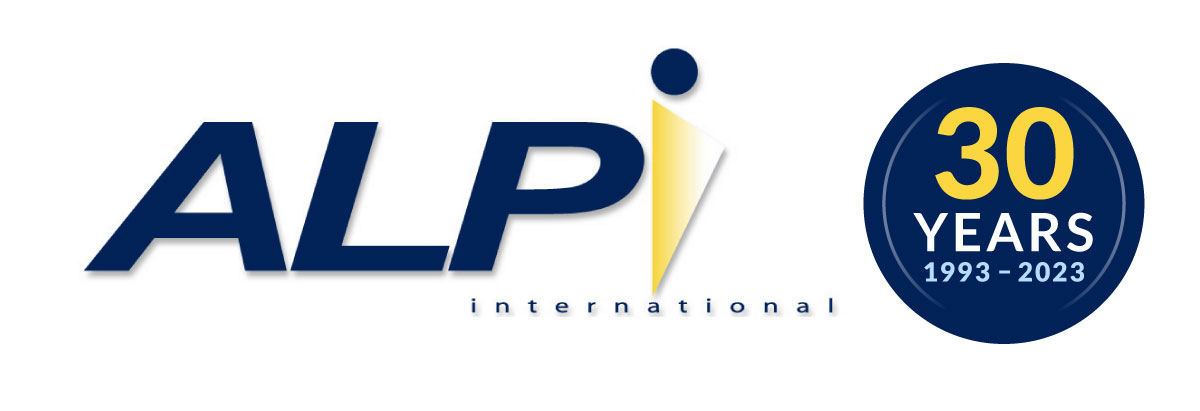Unified Functional Testing Training—GUI Foundations (UFT)
Course Description
Why choose ALPI for Unified Functional Testing GUI training?- We use certified live instructors in both our in-person and virtual classes so you can ask questions and get answers right away.
- We focus on real-world examples.
- We teach using interactive, hands-on exercises.
- This ALPI course is eligible for a free refresher guarantee so you can re-take the course within 4 months at no additional charge. Contact us for information about this unique benefit that gives you peace of mind.
OVERVIEW:
This course covers the usage of UFT to automate functional test scripts. Attendees will learn software testing automation concepts and techniques to enable them to take advantage of the UFT functionality to create a regression suite of tests. This course also covers the usage of MF UFT programming features to enhance automated test script functionality.
There is a large emphasis on hands on use of the tool and each lesson is reinforced with exercises and review.
This course is available with an optional certification exam in order to attain the ATP Certification. See prerequisites, below.
Duration
5 day(s)Time
9 - 5 ETPrice
$3,675Labs
Approximately 70% of the course is devoted to lab exercises.
Intended Audience
The target audience for this course includes:- Quality Assurance Engineers
- Technical Managers
- Software Engineers
- Customer Support Engineers
- Anyone who needs to automate manual testing and verification processes using UFT-QTP
Prerequisites
Knowledge of:- Windows
- Web sites and browsers
- Testing concepts
- Some knowledge of programming concepts is helpful but not required for the latter part of the course
Outline
Course Outline
Record and Playback User Actions
- How UFT records user actions
- How to record a test case
- How to play back a test case and view the results
Object Recognition and Management
- How UFT recognizes application objects
- Managing test objects
- Using shared object repositories
- Insight – Image-Based Object Identification
Application Verification
- How to add verification to a test
- Adding Checkpoints in web and windows applications
Synchronization
- What is test synchronization
- Recognizing when to add synchronization to the test
Parameters and Data Driving
- Why and how to parameterize and data drive the test
Using Multiple Actions in Tests
- Separating a test into multiple actions
- Reusing actions in multiple tests
Introduction to Expert View
- Translating steps between Keyword View and Expert View
- Adding steps in Expert View
Writing Custom Verification Points
- Adding custom application verification points in Expert View
Debugging tests
- Using the Debug viewer and breakpoints
- Techniques for debugging test scripts.
Database Checkpoints
- How to verify applications are storing data in the database correctly
Error Handling
- Using optional steps
- Using VBScript to code error handlers
Descriptive Programming
- What is descriptive programming
- How to use descriptive programming
- When to use descriptive programming
Procedures
- Declaring subroutines and functions
- Creating function libraries
- Overriding and supplementing built-in test object functionality
Advanced Data Driving
- Controlling test iterations through code
- Manipulating the Data Table through code
- Accessing test data stored in XML files
Advanced Debugging
- Advanced features of the debug viewer
- Advanced debugging techniques
